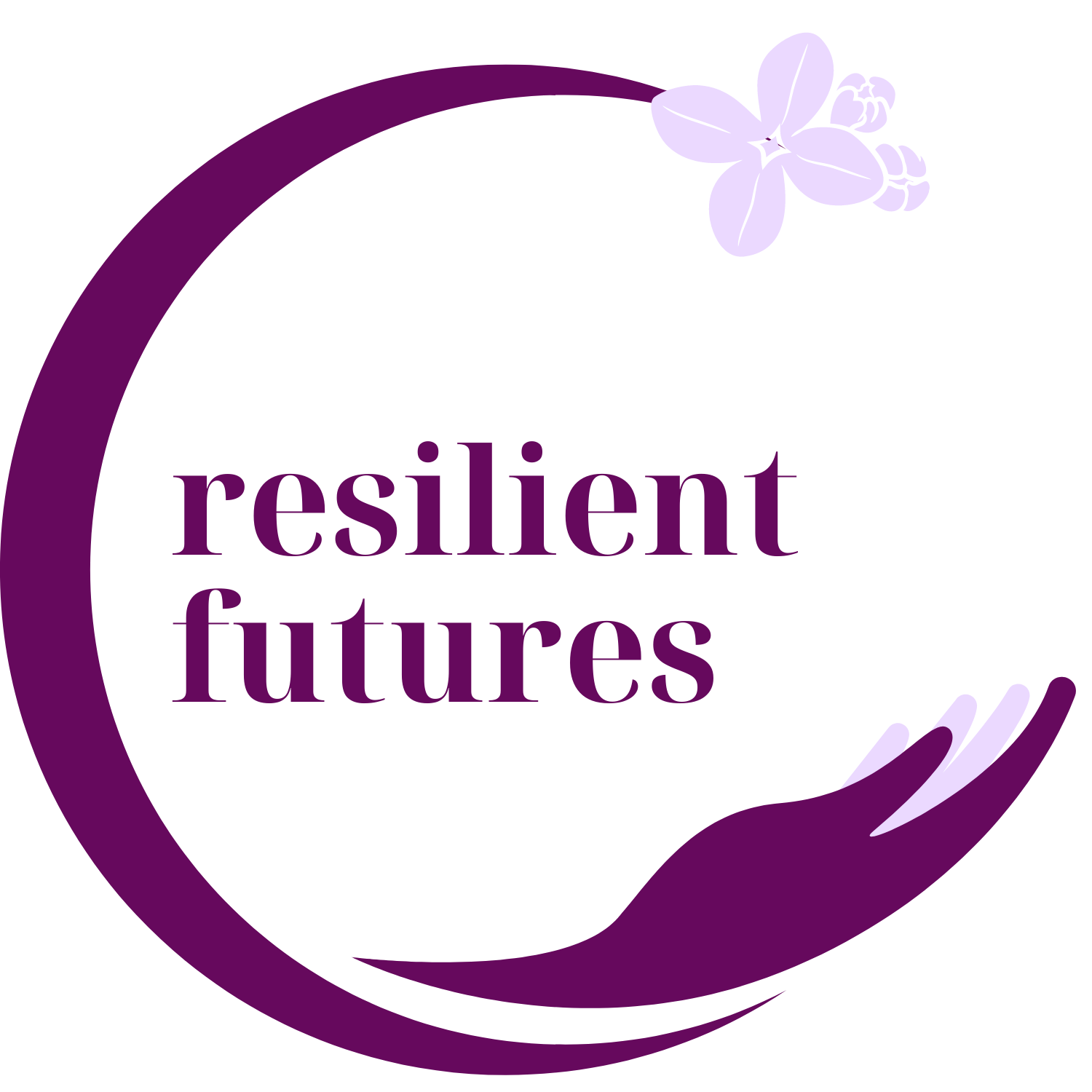Building Resilience: Investing in Trauma-Informed Education for a Thriving School Community
There is a profound impact of trauma across developmental stages, exacerbated by the flaws within traditional educational systems. Learn why investing in trauma-informed, responsive training and implementation plans is crucial for nurturing resilient school communities.
Sign up to read this post
Join Now
